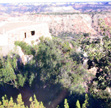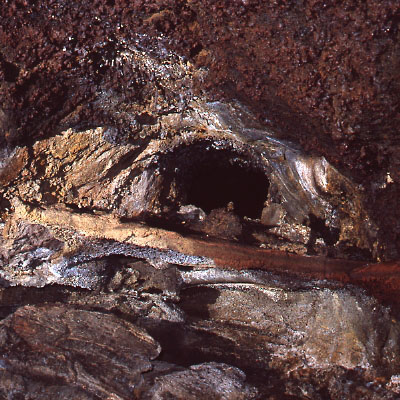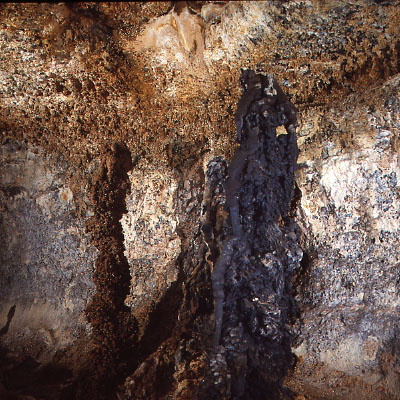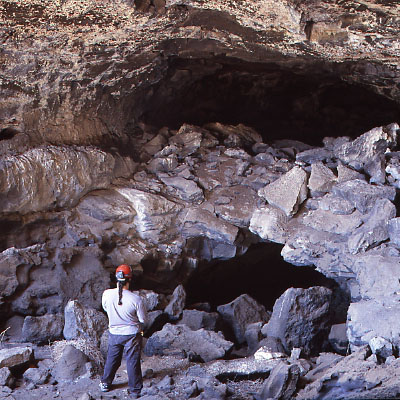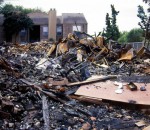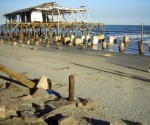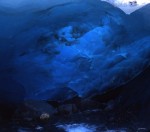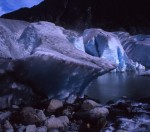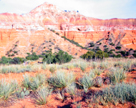 This is Capital Peak situated in Palo Duro Canyon State Park, Texas. This was taken with the TL120 handheld. Details not remembered. It was a gorgeous day to hike the 9 mile round trip trail.
This is Capital Peak situated in Palo Duro Canyon State Park, Texas. This was taken with the TL120 handheld. Details not remembered. It was a gorgeous day to hike the 9 mile round trip trail.
Tag Archives: TL120
El Coronado Visitor Center Palo Duro Canyon State Park, Texas
Palo Duro Canyon State Park opened on July 4, 1934 and contains 29,182 acres of the scenic, northern most portion of the Palo Duro Canyon. The Civilian Conservation Corps of the 1930’s constructed most of the buildings and roads still in use by park staff and visitors.
The Canyon is 120 miles long, as much as 20 miles wide, and has a maximum depth of more than 800 feet. Its elevation at the rim is 3,500 feet above sea level. It is often claimed that Palo Duro Canyon is the second largest canyon in the United States. The largest, the Grand Canyon, is 277 miles long, 18 miles wide, and 6,000 ft. deep.
Palo Duro is Spanish for “hard wood”. The photo was taken from the roof of our CCC constructed cabin located on the rim of the canyon. Only 3 cabins have a rim “view”. I am fascinated by the CCC work and visit and/or stay in CCC constructed cabins whenever we can.
Bastrop State Park #2
I provided all the relevant data in the previous post on Bastrop State Park. 2011 Texas experienced a severe drought, over 300 million trees died. My photos do not begin to depict the severity of the wildfire in the park. The park will take decades to reco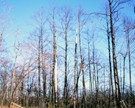 ver. The Lost Pines of Texas near Bastrop are important as they are the westernmost edge of the species’ natural range.
ver. The Lost Pines of Texas near Bastrop are important as they are the westernmost edge of the species’ natural range.
All photos were shot with the TL120 and I used either Provia or Kodak 100. And they were handheld using natural light. F/stop not recorded nor remembered.
David W. Kesner – Lava Tube Throat
David W. Kesner – The Sentinels
These formations in a lava tube are called extrusion spires and were formed when molten lava in the floor was pushed up through a hole. You can see how some of the lava traveled to the top and then spilled out and dripped down the sides. These are over six feet tall and are the largest in the US. Taken with a TL120 on Fuji ProviaF 100. Lighting was from two Vivitar 283 flashes. One was placed to the far left and triggered by a slave. The other was held just to the right of the camera.
David W. Kesner – Up or Down?
Lynn Valley stream seen from bridge
Lynn valley stream seen from the bridge. August 2010.
Velvia 50 using a TL 120 camera
Waterfront sawdust transportation
Taken on the waterfront in North Vancouver, B.C., Canada looking towards the city of Vancouver.
Provia 100
TL 120 camera
Poles in water North Vancouver B.C.
Poles in water North Vancouver, B.C. TL120 Provia 100 RDP III
Burrard Dry Dock, North Vancouver, B.C.
Burrard Dry Dock in the evening, North Vancouver, B.C. August 2010 Velvia 50 TL120
Texas Wildflowers April 2010
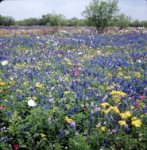 Description Taken with the TL-120 handheld
Description Taken with the TL-120 handheld
About the Image This year Texas had the best display of wildflowers I have ever seen. This image was taken near Poteet which is south of San Antonio on some little country road. The tall flowers are prickly poppy with many other varieties.
Hurricane Ike Meadow Chase Apartments
aftermath
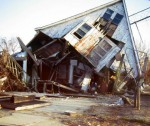 Hurricane Ike was the third most destructive hurricane to ever make landfall in the United States. This photo was taken on Bolivar Peninsula in December 2008. It is actually one of the few structures that wasn’t totally washed away. The camera used was the TL120.
Hurricane Ike was the third most destructive hurricane to ever make landfall in the United States. This photo was taken on Bolivar Peninsula in December 2008. It is actually one of the few structures that wasn’t totally washed away. The camera used was the TL120.
Here is a link with more photos in 2d: http://www.boston.com/bigpicture/2008/09/the_short_but_eventful_life_of.html
Remains of Balinese Ballroom Galveston
Hurricane Ike roared through Texas on September 13, 2008. Its path of destruction included Galveston Island and Bolivar Peninsula and Houston. Bolivar was nearly flattened, few structures remain. The Ballinese Ballroom was a Galveston landmark. Frank Sinatra even performed here! Here is a link to this famous ballroom built in the 1920’s: http://balineseroom.net/historyofBalinese.htm
The TL120 was used for this shot.
Disappearance of a cavern
While I know that all four of my images in the last loop from the Mendenhall Glacier, it is where my camera has most frequently been pointed in the past year. Experiencing the changing ice and witnessing the emergence of fresh ground is thrilling.
Back in June of 2007, I stood in the middle of a stream which had torn a hole in the side of the ice. The water was disappearing into the darkness under the glacier as it ran out to the lake. It was a bit disconcerting to make my way down the rock-face so I could stand in the stream of snow-melt and make the image. It would have been a wet, hypothermic climb had I been knocked down and over the edge 😛
A little over a year later, I stood in the same stream and was stunned by the change. I attempted another image from the same location as before, but found the composition totally boring. Instead, I brought the camera forward about eight feet. This was still in the stream, but my tripod had better footing and the composition had some foregound interest and receding lines. By chance, a rock from the earlier image is present in the lower right of the later image. It helps give an idea of how much has changed.
The first image was shot with my TL120-1 while the second was shot with my wide-angle TL120-55. Both cameras were tripod mounted.
Both images are mounted in 46x52mm (MFW) mounts from Rocky Mountain Memories. I really like the mount. The aperture is 2mm wider and 6mm taller than the normal 40×50 (MFL) mount. Give them a try if you can get your hands on any.
